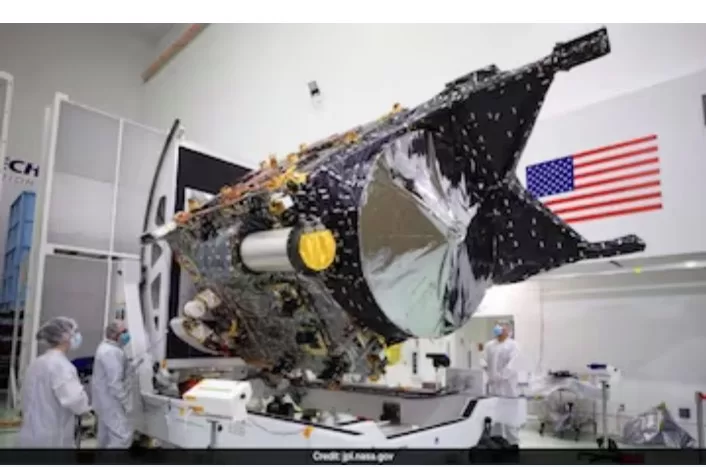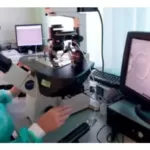In a historic achievement, Earth has successfully received a laser-beamed communication from a staggering distance of 16 million kilometers, or 10 million miles, marking the longest demonstration of optical communications to date. This breakthrough, facilitated by the Deep Space Optical Communications (DSOC) tool on NASA’s Psyche spacecraft, surpasses the Earth-Moon distance by 40 times.
The DSOC tool, launched from the Kennedy Space Center on October 13, established a communication link with the Hale Telescope at the Palomar Observatory in California on November 14. During the test, DSOC’s near-infrared photons took approximately 50 seconds to travel from Psyche to Earth.
The achievement, referred to as ‘first light,’ is a crucial milestone in DSOC’s journey. Trudy Kortes, Director of Technology Demonstrations at NASA Headquarters, stated, “Achieving first light is one of many critical DSOC milestones in the coming months, paving the way toward higher-data-rate communications capable of sending scientific information, high-definition imagery, and streaming video in support of humanity’s next giant leap.”
Abi Biswas, project technologist for DSOC at NASA Jet Propulsion Laboratory, expressed the significance of the milestone, saying, “Receiving first light is a tremendous achievement. The deep space laser photons from DSOC’s flight transceiver aboard Psyche were successfully detected by ground equipment, conveying data and interchange of ‘bits of light’ from and to deep space.”
The Psyche spacecraft, primarily designed to explore the metallic asteroid Psyche, aims to provide insights into the history of planet formation and core dynamics. The two-year experiment involves sending and receiving laser signals from increasingly distant locations on its way to the final destination, with an expected arrival at the asteroid in 2029.
NASA administrator Bill Nelson highlighted the potential of the Psyche mission, stating, “The Psyche mission could provide humanity with new information about planet formation while testing technology that can be used on future NASA missions. As Asteroid Autumn continues, so does NASA’s commitment to exploring the unknown and inspiring the world through discovery.”
This groundbreaking experiment represents a shift towards using lasers for information transmission between Earth and spacecraft, offering higher data rates compared to current radio wave-based communication systems. If successful, this technology could significantly enhance communication capabilities for both human and robotic missions into deep space.






